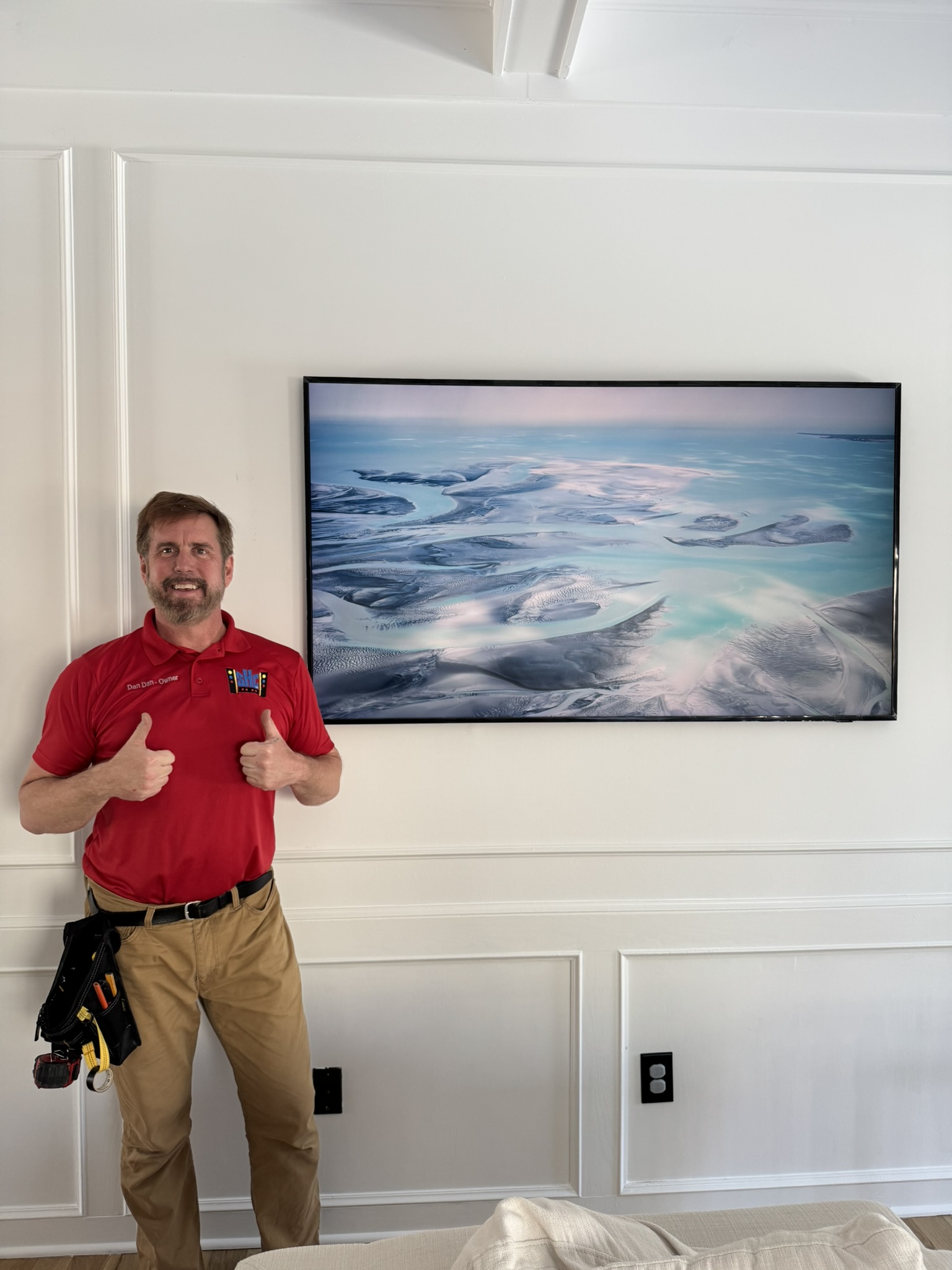
Spotting Dead Pixels and Keeping Your Screen Flawless
There’s nothing more frustrating than setting up a brand-new TV, only to notice a tiny dot on the screen that doesn’t change color. Dead pixels can be an annoying issue, but understanding what they are and how to prevent them can help keep your display in top shape. Let’s explore what causes dead pixels, how to check for them, and what you can do to minimize the chances of encountering them.
What Dead Pixels Look Like on a Screen
A dead pixel is a tiny dot on your TV that no longer functions properly. Unlike stuck pixels, which may display incorrect colors, a dead pixel remains black because it no longer receives power. These defects can appear for several reasons, including manufacturing flaws, physical damage, or long-term wear. While a single dead pixel might not be noticeable from a distance, multiple dead pixels can disrupt the viewing experience.
Common signs of dead pixels include:
- A small, unchanging black dot on the screen.
- Pixels that don’t respond to color changes.
- Clusters of non-functional pixels in certain areas.
Checking for dead pixels is easy—simply display a solid color background (such as red, green, blue, or white) on your TV. This will make any defects stand out, allowing you to spot dead or stuck pixels more easily.
What Causes Dead Pixels to Appear
Dead pixels can occur due to several factors, some of which are avoidable. Understanding the causes can help extend the life of your TV and prevent unnecessary damage.
- Manufacturing Defects: Some screens leave the factory with a few defective pixels, though many manufacturers have policies for replacing TVs with multiple dead pixels.
- Physical Damage: Pressure from rough handling, impacts, or even pressing too hard on the screen can cause pixel failure.
- Power Surges: Sudden electrical spikes can damage the internal components of your TV, leading to dead pixels.
- Heat Exposure: Keeping your TV in a hot environment for extended periods can degrade its components.
- Extended Use: Like any electronic device, TVs wear down over time, increasing the risk of pixel failure.
While some causes, such as manufacturing defects, are out of your control, many others can be avoided with proper care.
Simple Ways to Prevent Dead Pixels
Protecting your TV from dead pixels doesn’t require much effort. With a few simple habits, you can significantly reduce the chances of encountering this issue.
- Avoid Pressing the Screen: TVs are delicate, and unnecessary pressure on the display can damage individual pixels.
- Use a Surge Protector: Prevent power spikes from damaging your TV’s circuitry by plugging it into a surge protector.
- Keep It Cool: Make sure your TV has proper ventilation and isn’t exposed to direct sunlight or excessive heat.
- Turn It Off When Not in Use: Allowing your TV to rest instead of running it constantly can extend its lifespan.
- Buy from Reputable Brands: Higher-quality screens often have stricter quality control, reducing the risk of dead pixels.
By taking these precautions, you can keep your TV performing well for years without running into frustrating pixel problems.
Can Dead Pixels Be Fixed?
Once a pixel dies, it usually cannot be revived. However, stuck pixels (which are still receiving power but displaying the wrong color) may be fixable using certain techniques:
- Running a pixel refresh tool, which rapidly cycles colors to reactivate a stuck pixel.
- Applying gentle pressure with a microfiber cloth to encourage the pixel to reset.
- Using a specialized software program designed to fix screen imperfections.
If your TV is still under warranty and has multiple dead pixels, it’s worth checking with the manufacturer to see if you qualify for a replacement.
Keeping Your Display in Top Shape
Dead pixels may not always be preventable, but with the right precautions, you can minimize the risk and enjoy a flawless screen for longer. Avoid unnecessary pressure on your display, protect it from power surges, and invest in a quality model to reduce the likelihood of pixel failure. If you’re shopping for a new TV, be sure to inspect the screen carefully before purchasing to ensure there are no existing defects.
A little care goes a long way in keeping your screen looking its best, so take the necessary steps to protect your investment and enjoy a clear, vibrant display every time you turn on your TV.


